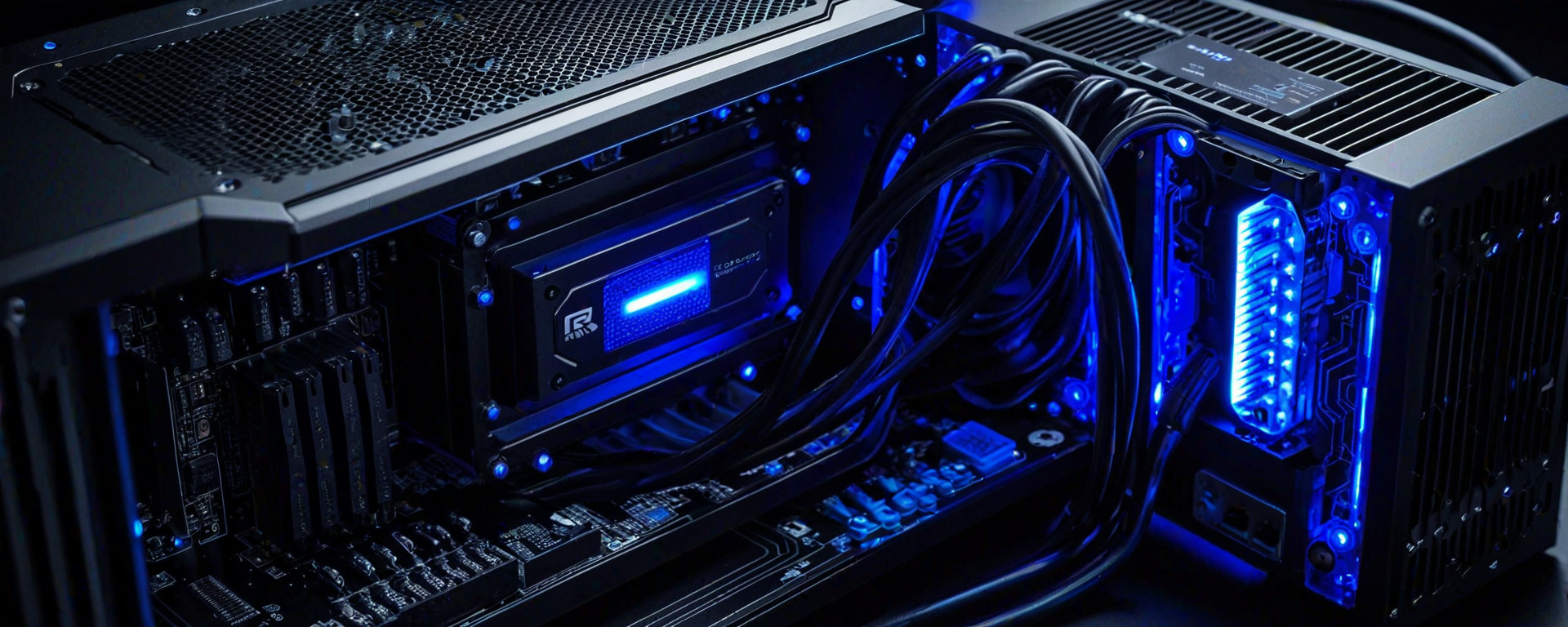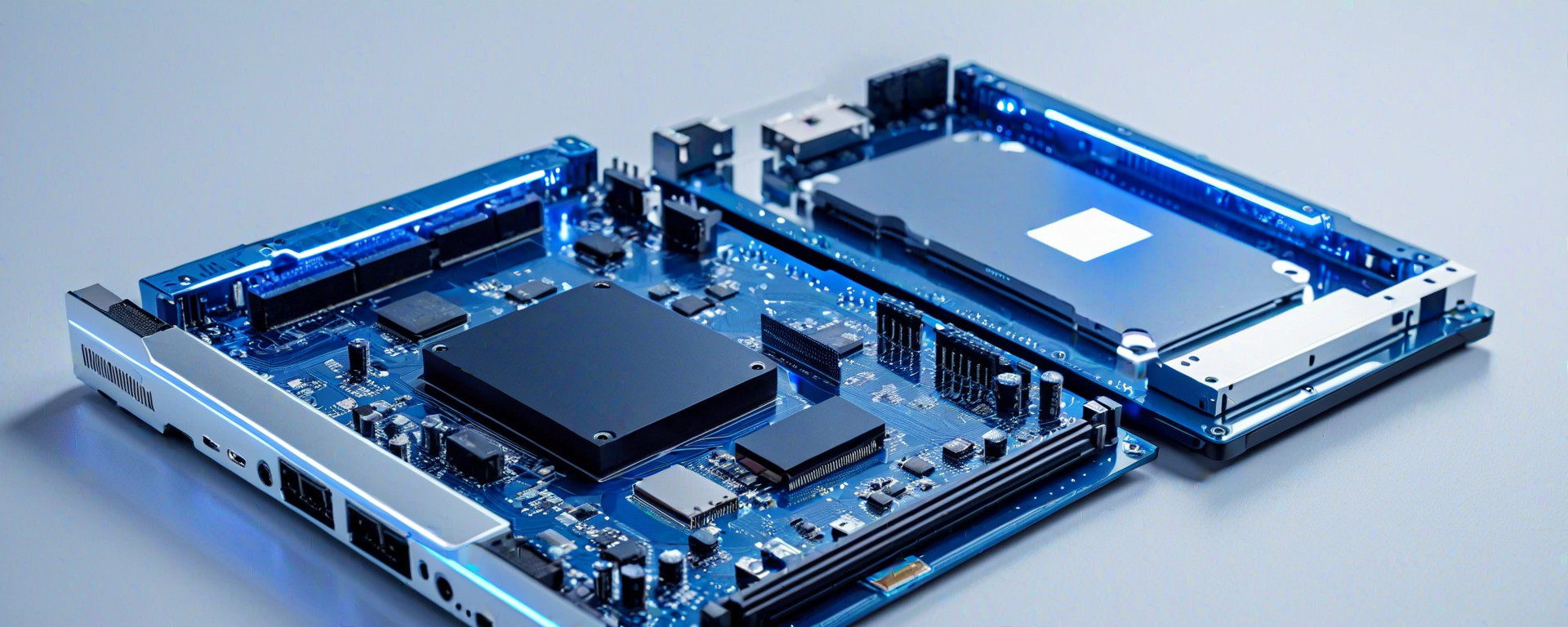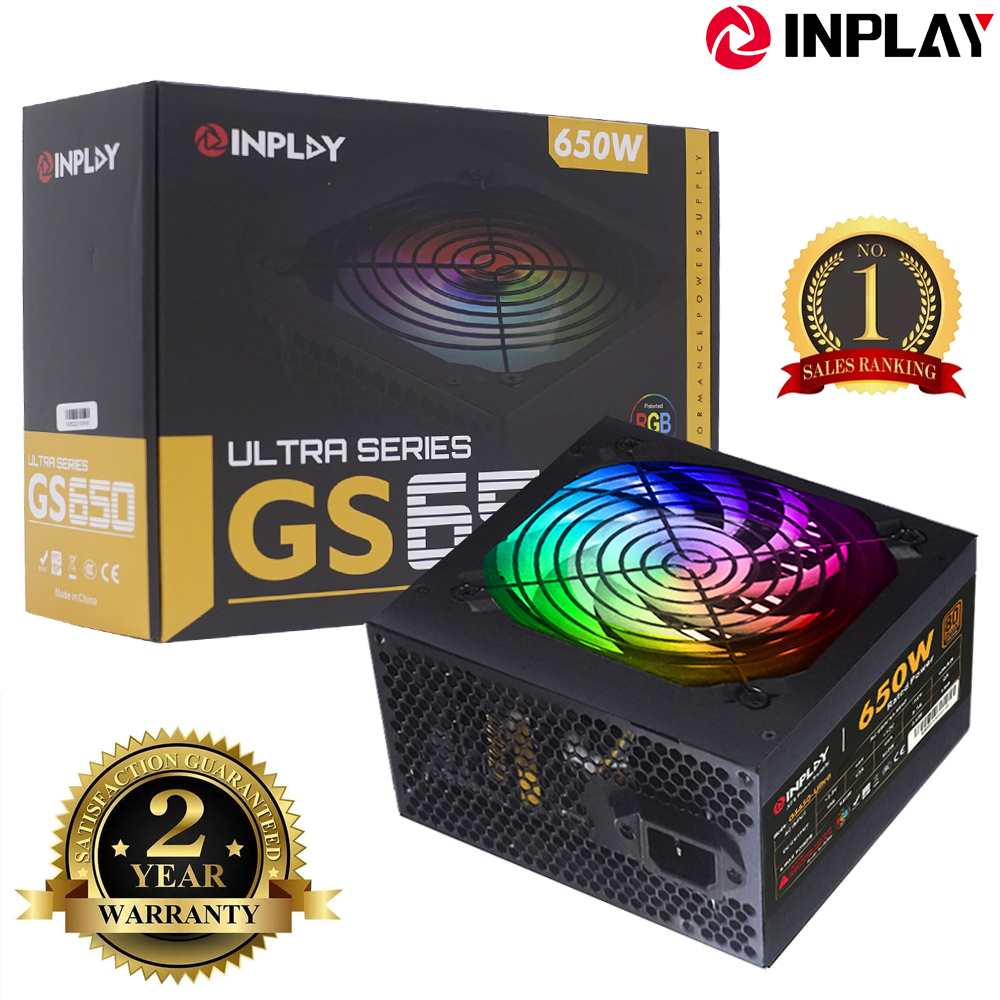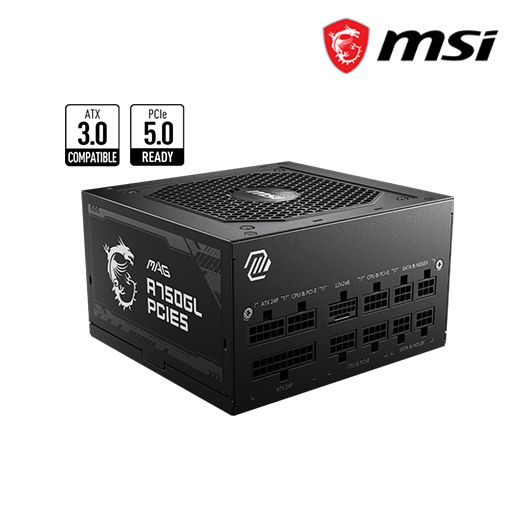Introduction
The importance of a reliable power supply in personal computers (PCs) cannot be overstated. A quality power supply not only ensures efficient operation but also protects your system from potential electrical disturbances such as surges and spikes. This comprehensive guide delves into the critical role of power supply protection, explaining its necessity for maintaining the integrity and longevity of PC hardware.
In this article, we will explore various aspects of power supplies, including their basic functionalities, the risks associated with inadequate protection, key features to look out for in a quality unit, top brands and models known for their reliability, real-world scenarios highlighting the importance of surge protection, technical specifications, performance benchmarks, maintenance tips, and frequently asked questions.
By the end of this article, you will have a solid understanding of why investing in a high-quality power supply is crucial for safeguarding your PC against electrical disturbances and ensuring optimal system performance.
Understanding Power Supply Basics
Types of Power Supplies
A variety of power supplies are available on the market, each designed to cater to specific needs. The most common types include ATX (Advanced Technology eXtended) and SFX (Small Form Factor X). ATX units are standard in desktop computers due to their robust design and compatibility with a wide range of components. On the other hand, SFX power supplies are ideal for smaller form factor builds or cases where space is limited.
Both ATX and SFX power supplies offer various wattage options, ensuring that users can select one that meets their system’s energy requirements without wasting resources. Additionally, modular designs have become increasingly popular as they allow for better cable management and the ability to customize connections based on your setup.
Basics of Power Supply Functionality
The primary function of a power supply unit (PSU) is to convert AC electrical current from an outlet into DC voltage suitable for powering internal components. This process involves several stages: rectification, filtering, and regulation. During rectification, the alternating current is converted into direct current; filtering smooths out any remaining fluctuations in voltage; and regulation ensures consistent output regardless of load changes.
Moreover, modern PSUs are equipped with advanced features like active PFC (Power Factor Correction), which improves efficiency by reducing wasted energy during conversion. These enhancements contribute to a more stable power delivery and better overall performance for your PC.
The Risks of Inadequate Power Supply Protection
Common Electrical Disturbances
Surges, spikes, and brownouts are common electrical disturbances that pose significant risks to unprotected systems. A surge occurs when there is a sudden increase in voltage lasting less than three nanoseconds; conversely, a spike involves an abrupt rise in voltage for just milliseconds. Brownouts happen when the available power drops below normal levels, leading to temporary under-voltage conditions.
These disturbances can cause severe damage to sensitive electronic components such as motherboards, graphics cards, and storage devices. Over time, repeated exposure to these anomalies may result in reduced lifespan or complete failure of crucial hardware elements.
Impact on System Performance
Inadequate protection against electrical disturbances not only leads to physical damage but also affects system performance negatively. Unstable voltage levels can cause erratic behavior in software applications and operating systems, leading to crashes, data loss, and reduced efficiency.
Furthermore, the presence of noise and interference from inconsistent power delivery can degrade signal quality within internal circuits, affecting communication between components and slowing down overall processing speeds.
Key Features to Look for in a Quality Power Supply
Safety Standards Compliance
A certified PSU adheres to international safety standards such as 80 PLUS certification, which ensures high efficiency levels across different load ranges. Additionally, units meeting criteria set forth by agencies like UL (Underwriters Laboratories) or TÜV Rheinland provide additional assurance of reliability and safety.
Redundant Power Supply Capability
Incorporating redundant power supply systems allows for dual or even triple redundancy configurations. This means that if one PSU fails, another can seamlessly take over without interrupting operation. Redundancy significantly enhances system uptime and provides peace of mind in critical applications.
Top Brands and Models Known for Quality Protection
Corsair RMx Series
The Corsair RMx series offers robust protection against electrical disturbances with features like advanced active PFC, high efficiency ratings, and full modular cabling. These units are widely praised for their reliability and long-term durability.
Seasonic Focus Plus
Known for its exceptional performance under load conditions, the Seasonic Focus Plus series incorporates cutting-edge technology to deliver clean power consistently. Its compact design makes it ideal for small form factor builds while maintaining top-tier protection standards.
Real-World Scenarios Highlighting Surge Protection Importance
Data Loss Prevention
A case study involving a corporate server revealed significant data loss due to unshielded electrical surges. Implementing surge protectors and upgrading to high-quality PSUs drastically reduced the occurrence of similar incidents, preserving valuable information.
Enhanced System Stability
In a gaming environment where rapid shifts in power demands are frequent, installing reliable power supplies has proven essential for maintaining stable frame rates and minimizing lag times. Gamers report smoother experiences and longer-lasting components after adopting these measures.
Technical Specifications and Performance Benchmarks
Efficiency Ratings
The efficiency rating of a PSU indicates how much energy is converted into usable power versus wasted as heat. 80 PLUS Gold certification signifies an efficiency level exceeding 90% at half load, making it highly desirable for users seeking optimal performance.
Noise Levels and Lifespan
Quieter PSUs are generally favored by enthusiasts who prioritize acoustics during use. Units with superior cooling mechanisms tend to last longer due to reduced thermal stress on internal components.
Troubleshooting Common Issues and Maintenance Tips
Cleaning and Upkeep
Regularly cleaning dust accumulations from fans and heatsinks ensures proper airflow and prevents overheating. Using compressed air or brushes specifically designed for electronic devices helps maintain optimal conditions.
Detection of Electrical Disturbances
Utilizing voltage monitoring tools can alert users to potential issues before they escalate into major problems. Early detection enables timely intervention, safeguarding investments in hardware.
In Conclusion
Investing in high-quality power supplies equipped with robust protection mechanisms is crucial for ensuring the longevity and reliability of computer systems. By understanding the risks associated with inadequate safeguards and recognizing key attributes of top-tier products, users can make informed decisions that benefit their specific needs. Prioritizing these considerations ultimately contributes to a more stable and efficient computing experience.
Additional Resources
For further information on selecting appropriate power supplies and maintaining optimal conditions for your hardware setup, consult reputable websites such as PCPartPicker () or Tom's Hardware (). These platforms provide comprehensive guides and user reviews that offer valuable insights into making the best choices for your particular requirements.





